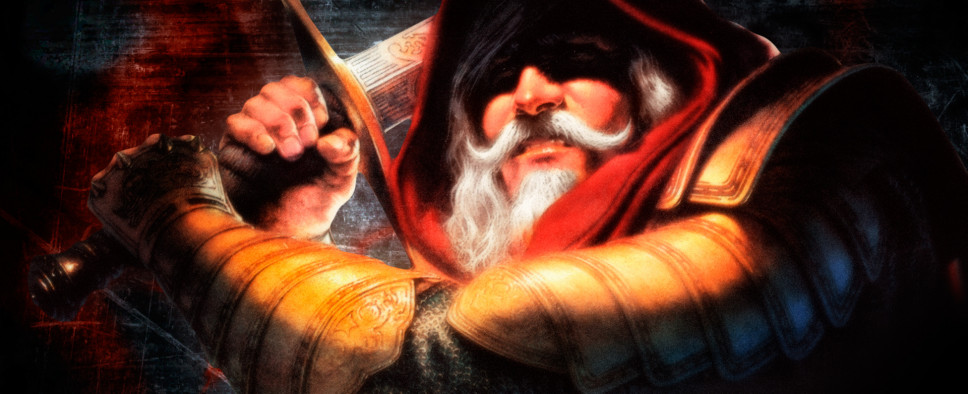Betrayal at Krondor: Remastered Blog Updates
-
Category: News ArchiveHits: 2054

There have been a couple of new "Krondor Confidential" updates to Betrayal at Krondor designer Neal Hallford's blog since we last checked, with Part VI only briefly discussing the development of the original game and Part VII spending much more time on the Dynamix team's camaraderie and approach to design as it applied to an RPG in the 1990s. From the latest entry:
Turned-based combat was certainly no great innovation on our part. Every other RPG on the computer gaming market that had come before us was turn-driven, a feature inherited from the turn-based combat of the original Dungeons & Dragons. The real-time combat that would slowly creep into the genre wouldn’t hit full force until Diablo, and even the first popular mass market real-time strategy game, Dune II, was only just hitting the market. Where we decided to innovate, however, was to take a very simple step towards factoring in terrain in a role-playing environment.
Before Krondor, encounters with monsters in CRPGs were much like early medieval and revolutionary war battles. The player’s party and the monster party were always lined up nose-to-nose, then a simple hackfest would ensue where party members just beat on whomever was in front of them until all the attackers or all the player’s party were dead. “Auto-fight” had become a staple of games like Wizardry and Might & Magic, which largely turned many combat scenarios into tediously undramatic spectator events where the player was employing very little thinking or strategy. Being the bastards that we were, John and I wanted to put a stop to all of that.
Admittedly, the combat traps in BAK were an experimental oddity. Players had to stop and think about moving their characters around in such a way that they could slip through the mazes formed by the traps. John leaned heavily on inspiration from old-fashioned “slider” puzzles, limiting the player’s options so they’d have to be strategic in their maneuvering. Although it was nothing so sophisticated as dealing with the effects of height differences or even cover, it was a rudimentary way to make player positioning more interesting, and also more dangerous.
As proud as we were of our various design innovations, our team was keenly aware that we were in a race. Although a number of RPGs were already using pseudo-3D environments (which were really just 2D games using depth-based tiles), we had great ambitions of being the first role-playing game to market with a true 3D engine – called 3Space – a factor which we hoped would help set us apart from other computer RPGs. But late on an evening in March of 1992, as most of us were preparing to head home for the night, our lead programmer, Nels, stuck his head out of his door. “Guys, I think you need to come look at this.” So all of us piled in, gathering around his monitor. On the screen was what was clearly a role-playing game running in a true 3D environment: Ultima Underworld. We’d been snaked by one of the best known RPG developers in the industry.

